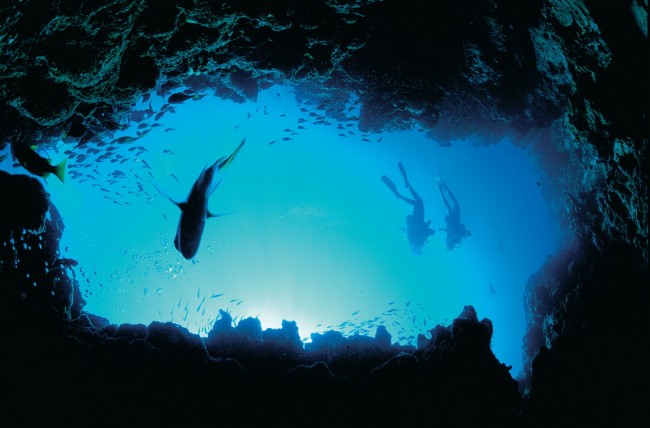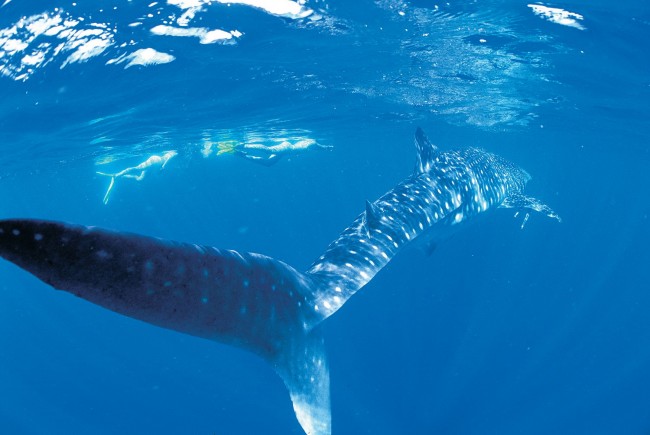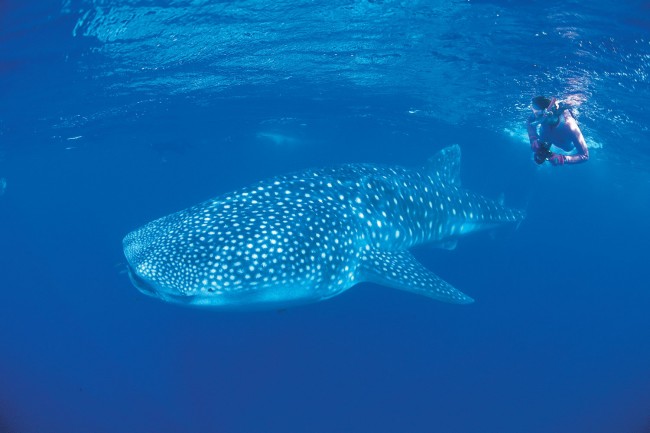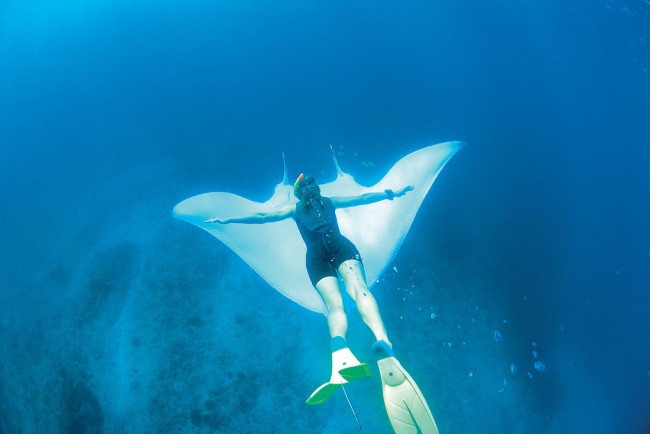For a few special nights in March or April, not long after the full moon, something truly amazing happens in the warm sea waters blanketing Ningaloo Reef, just off the north-west coast of Western Australia, 1,270km north of Perth. It is something which has been happening for millions of years and was probably first witnessed by humans more than 30,000 years ago, when the Baiyungu people called the land their home.
Early Aboriginal Australians knew the reef well and relied upon it’s abundance of sea life as a major food source. Ningaloo, 260km long, is Australia’s largest fringing coral reef. It is also the place where, for a few nights each year, nature reasserts itself dramatically as the different species of coral suddenly release millions upon millions of bright pink egg and sperm bundles which cloud the surface of the water.
The coral have spawned, and the next generation of their tiny offspring are on the journey of their life. From small, colourful corals to the seasonal feeding cycle of giant whale shark for which Ningaloo is famous, the reef and the surrounding Ningaloo Marine Park supports an abundance of marine life.
The park was established in 1987 and in 2011 the reef and surrounding areas were placed on the United Nation’s World Heritage list. Tourists travel to Ningaloo from all over the world to snorkel or dive with whale sharks, gentle giants of the deep whose daily diet consists of tonnes of tiny, shrimp-like creatures, which they sweep up in their cavernous mouths as they gracefully swim through massive clouds of krill. Their size may be daunting, but whale sharks have no teeth. They are a giant, living seagoing vacuum cleaner.
Every season reveals new wonders on the reef. In winter, Ningaloo is an ocean highway destination for migrating dolphins, dugongs, manta rays and humpback whales. During breeding season, loggerhead, green and hawksbill turtles visit nearby beaches to lay eggs and can often be seen feeding in the waters around the reef.
One of the great attractions of Ningaloo is it is relatively easy to visit, in some places like Coral Bay, it is less than half a kilometre offshore. Researching reef life, scientists have identified more than 500 different species of fish, 300 species of coral and 600 species of molluscs. In 2006, Australian Institute of Marine Science researchers discovered deep-water gardens of an unknown species of sponges.
Because of the unique nature of the reef, Ningaloo is a focal point for ongoing marine research and also the focus of controversy, particularly in the context of tourism development. The building of a proposed resort at Maud’s Landing was prevented in the early 2000s with protesters asserting the development would degrade the entire marine park. In protest in 2002, noted Western Australian author Tim Winton donated his $25,000 WA Premier’s Book Award prize money to the community campaign to save the reef.
Whale shark tours operate from Coral Bay and Exmouth, 150km to the north, from April to June, with flights available from Perth to nearby Learmonth airport. Driving from Perth is via the Brand and North West Coastal Highways, offering good roads with plenty of caravanning and roadhouse stops. Snorkeling equipment is available for hire at Coral Bay dive shops and there are daily glass bottom boat tours and snorkeling and scuba diving cruises to the outer reef. The region is also popular for beach fishing and deep sea and game fishing charters are available for those seeking bigger fish to fry.
Coral Bay offers a variety of accommodation from caravan and camping parks to resort-style apartments overlooking the beach.
Photo Credits
All photos courtesy of Tourism Western Australia






Please Share Your Thoughts - Leave A Comment!